University of Florida (UF) scientist Dr. Jaret Daniels recently had an opportunity to discuss the Beer for Butterflies initiative for butterfly conservation.
Daniels has partnered with Gainesville’s First Magnitude Brewing Company to launch the program which seeks to recruit breweries across the continent to manufacture and sell craft beer. A portion of the proceeds will go toward planting milkweed, which will support monarch butterfly conservation.

Provided by Jaret Daniels
The name of the imperial stout is REIGN, and the purpose of the initiative is to “restore the reign of the monarch” nationwide, according to a video by UF. It is also the first national beer release for an environmental cause.
The goal of the project is to rebuild a breeding habitat that has been lost, particularly over the past 30 years in the United States. The beers are made with wild yeast that is collected off the backs of butterflies.

Provided by Jaret Daniels
Daniels recently sat down with Kinute to provide background information on himself and explain his initiative.
When asked what first got him into his specific field of research, Daniels said that he always had an interest in insects and plants growing up as a child on his parents' property in rural Wisconsin.
"That just kind of pushed me in the direction of knowing what I wanted to do. I was always interested in insects and then just wanting to do something with an environmental field, a nature-based field and insects were top of the list when it came to that overall," Daniels said. "And at that time insect conservation was still kind of an emerging field. Most people were going into entomology, dealing with insects as pests, not conserving them or studying them in kind of more natural history realm, so it seemed like a viable career."
Daniels said that people in general do not realize the significance of the decline of global butterfly health.
"Like the rest of biodiversity, it's declining and it’s declining rapidly," Daniels said. "We're in the middle of a significant period of biodiversity loss and insects and butterflies are part of that. We often think of insects as being super abundant and diverse and maybe not species that need conservation attention, but they're just as impacted by all these changes from climate change to habitat loss and fragmentation to light pollution to overuse of insecticides as larger vertebrates are."
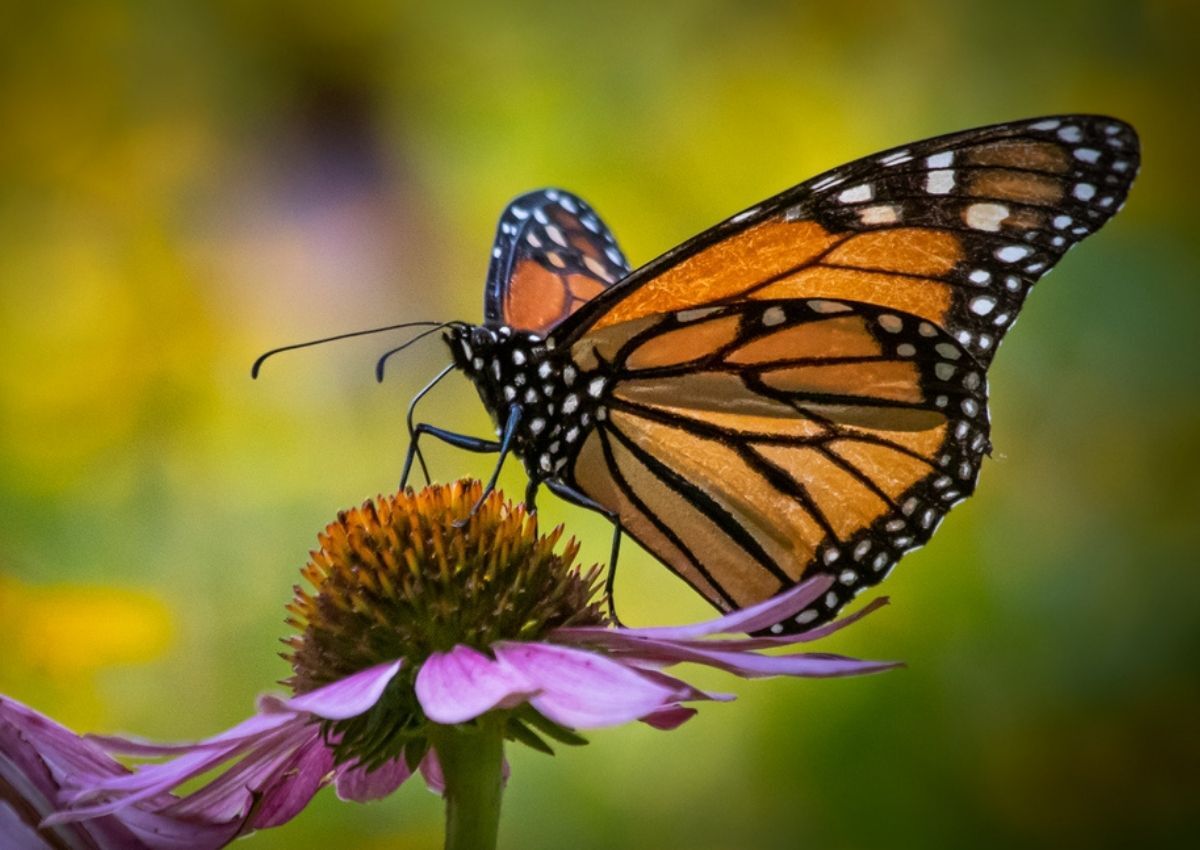
Provided by Jaret Daniels
According to Daniels, the monarch butterfly was petitioned for listing under the Endangered Species Act several years ago and that populations of the once common butterfly has declined up to 99% across North America. He explained that since the butterfly is so well known, it could serve as sort of an example for less well-known species that are experiencing population declines.
"It's probably the most well-known butterfly in North America, everybody knows the monarch, and so it has the ability to generate a lot of attention about species loss and also opportunity for what people can do to help rebuild habitat or rebuild resources for organisms," Daniels said.
To help monarch populations recover, Daniels recommends that residents plant more blooming plants to offset urban development.
"A lot of those changes happen right in our own yards and in our neighborhoods. We can include more native plants in our yards, we can diversify our landscape so there are more blooming plants and resources available for allowing the species that may need more resources because their habitat has declined or been severely impacted by continuous urban development or agricultural convergence," Daniels said. "So it really does start where you live and I would argue that no space is too small. Even a container garden can provide resources, and if you have larger land, then you can diversify that, and plant more local native species, more blooming species."
Before Daniels got the idea for Beer for Butterflies initiative, he started small with a trial run and built his success from there.
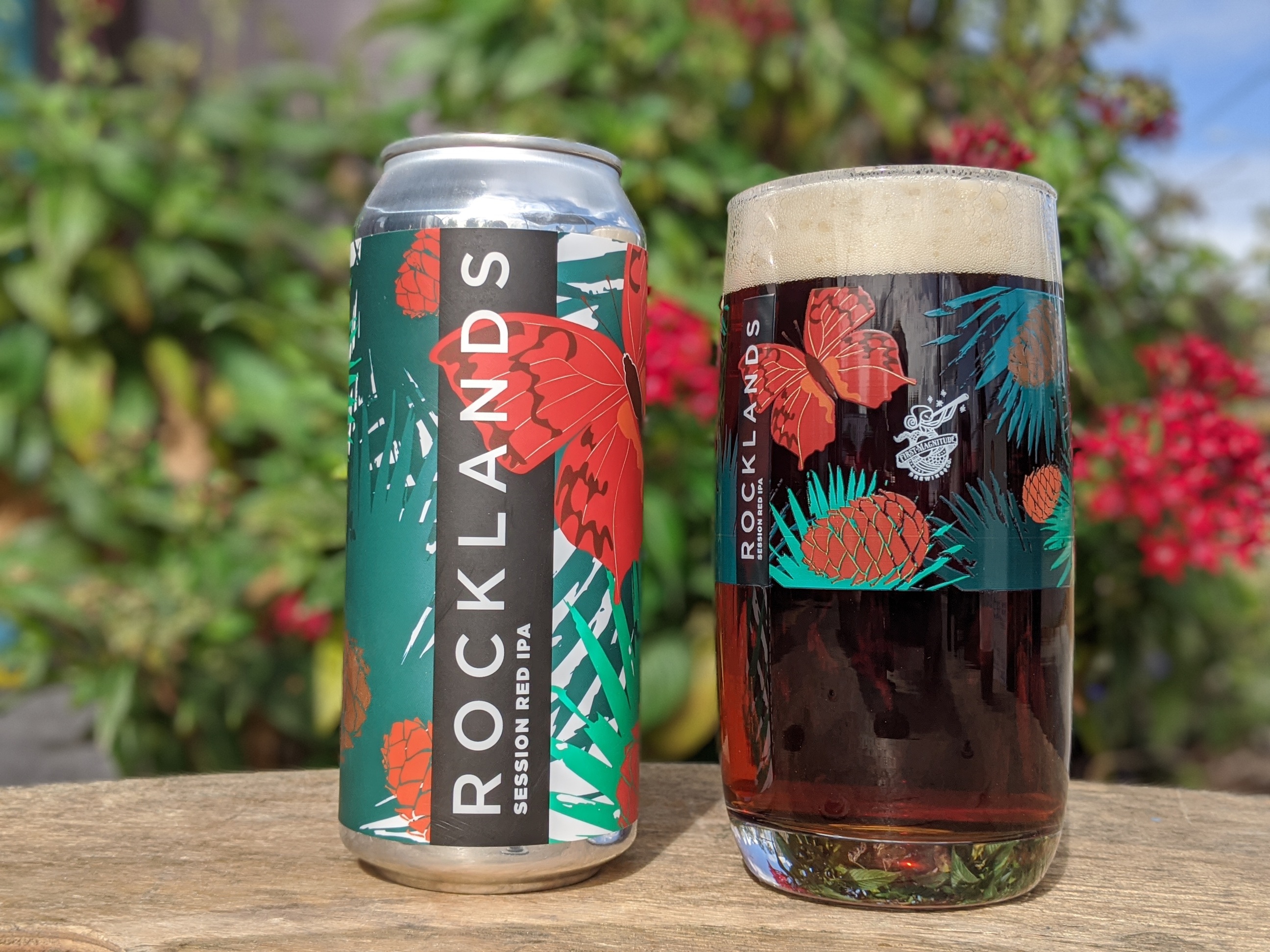
Provided by Jaret Daniels
"A couple of colleagues of mine had done this in the Pacific Northwest with one rare butterfly and we, with Gainesville being a college town with a number of craft breweries, just came up with the idea and we pitched it to First Magnitude Brewing in Gainesville. They were, let’s say, less enthusiastic about the idea, but they thought, 'Well, hey it's worth a shot' and the first beer we brewed was just a pilot batch and it was named after a really rare federally endangered butterfly in South Florida called Schaus' swallowtail," Daniels said. "It was a stout and we had a little fundraising event and it sold out really quickly, so they thought, 'Well, hey this might actually be something,' and that started the long-term relationship where we now work with them to do two butterfly beers every year, one in spring and one in fall."
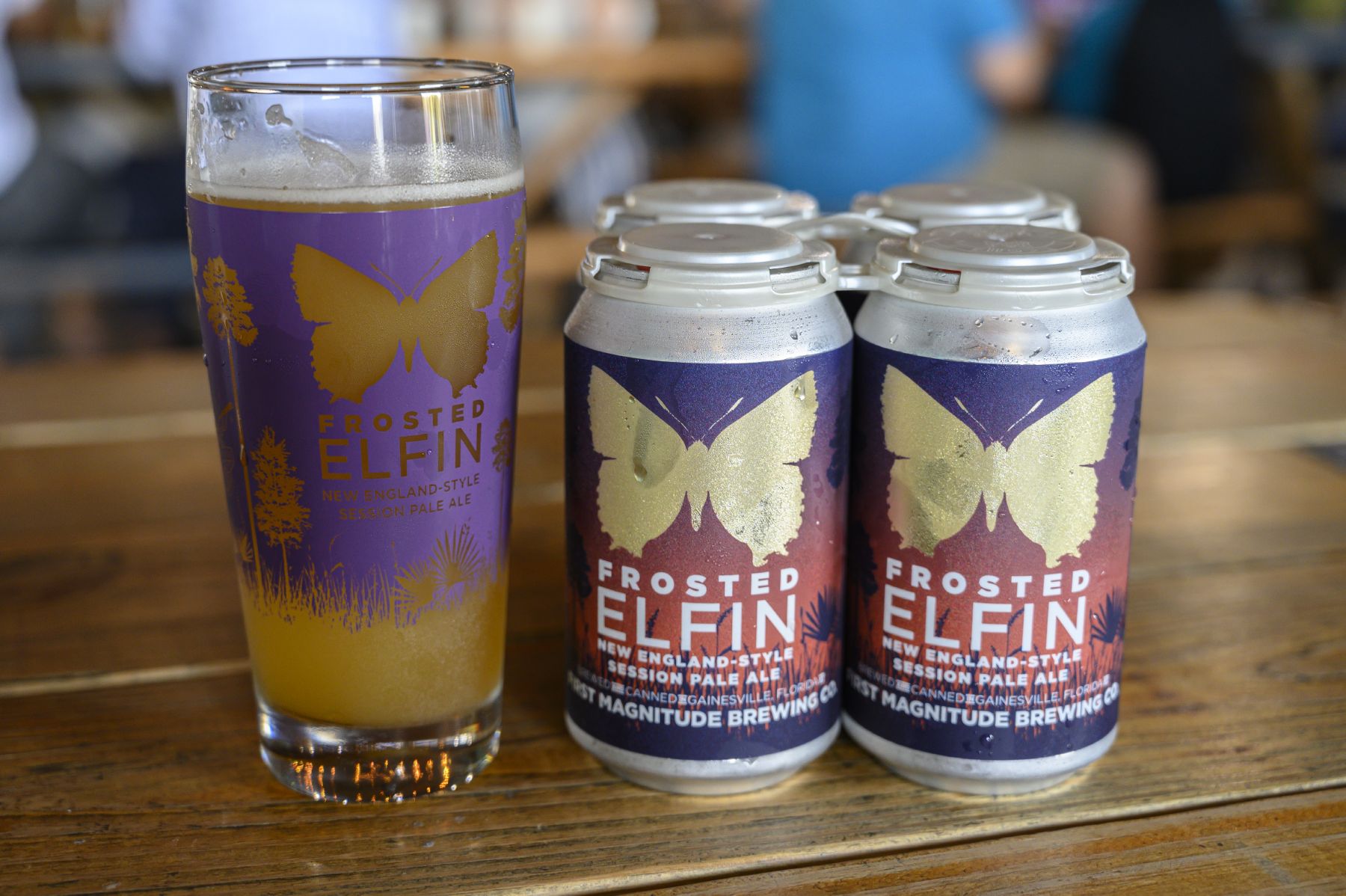
Provided by Jaret Daniels
The most difficult challenges to the initiative are convincing breweries that the endeavor is worth taking part in and figuring out ways to maintain creativity, Daniels said.
"It's trying to figure out how do we push the envelope every time we brew a beer. How do we take it a little bit further? How do we make it more novel and more creative and I think the brewers at First Magnitude really have enjoyed it, because it allows them to be really creative but it takes a lot of thought to focus on what is the next species we're going to do and how do we make the beer reflective of that individual species?"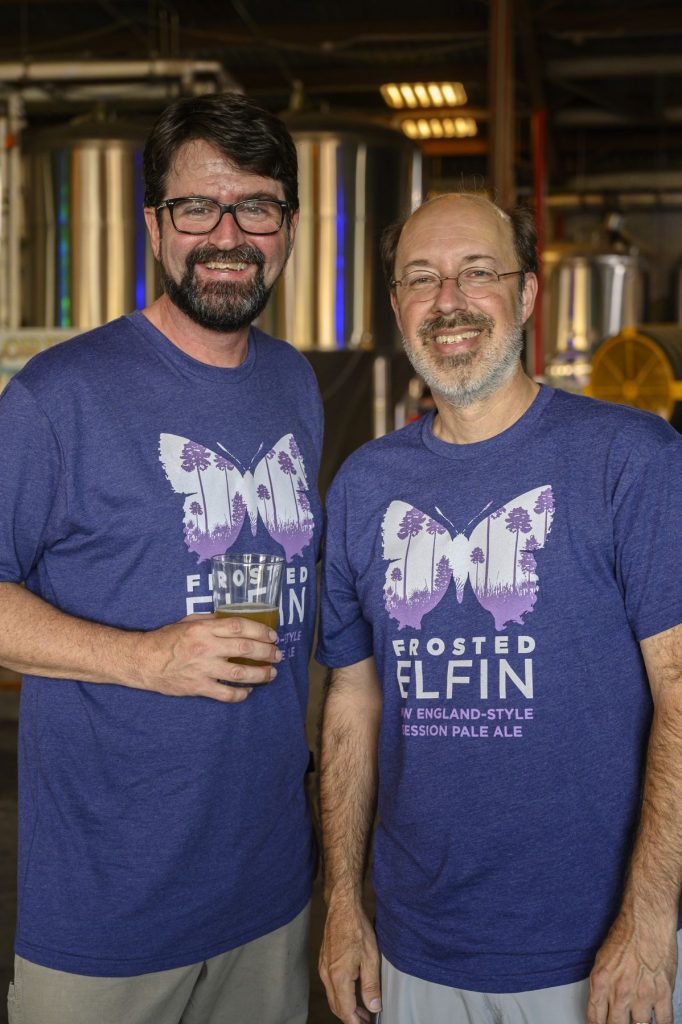
Provided by Jaret Daniels
Daniels said that the initiative has been very rewarding and that the project has helped raise awareness for butterflies.
"It really has reached a very different demographic than the people that might come to the Florida Museum of Natural History, where I work, that are already interested in butterflies or the environment," Daniels said. "This reaches people that are just wanting to come to a brewery and have a good time and drink a beer and socialize, so it really makes conservation and opportunity to engage people in a social, fun way, and then get them interested in the environment through that process, and it really reaches people that probably would never have come to the Florida museum, and so it has significantly expanded our outreach ability."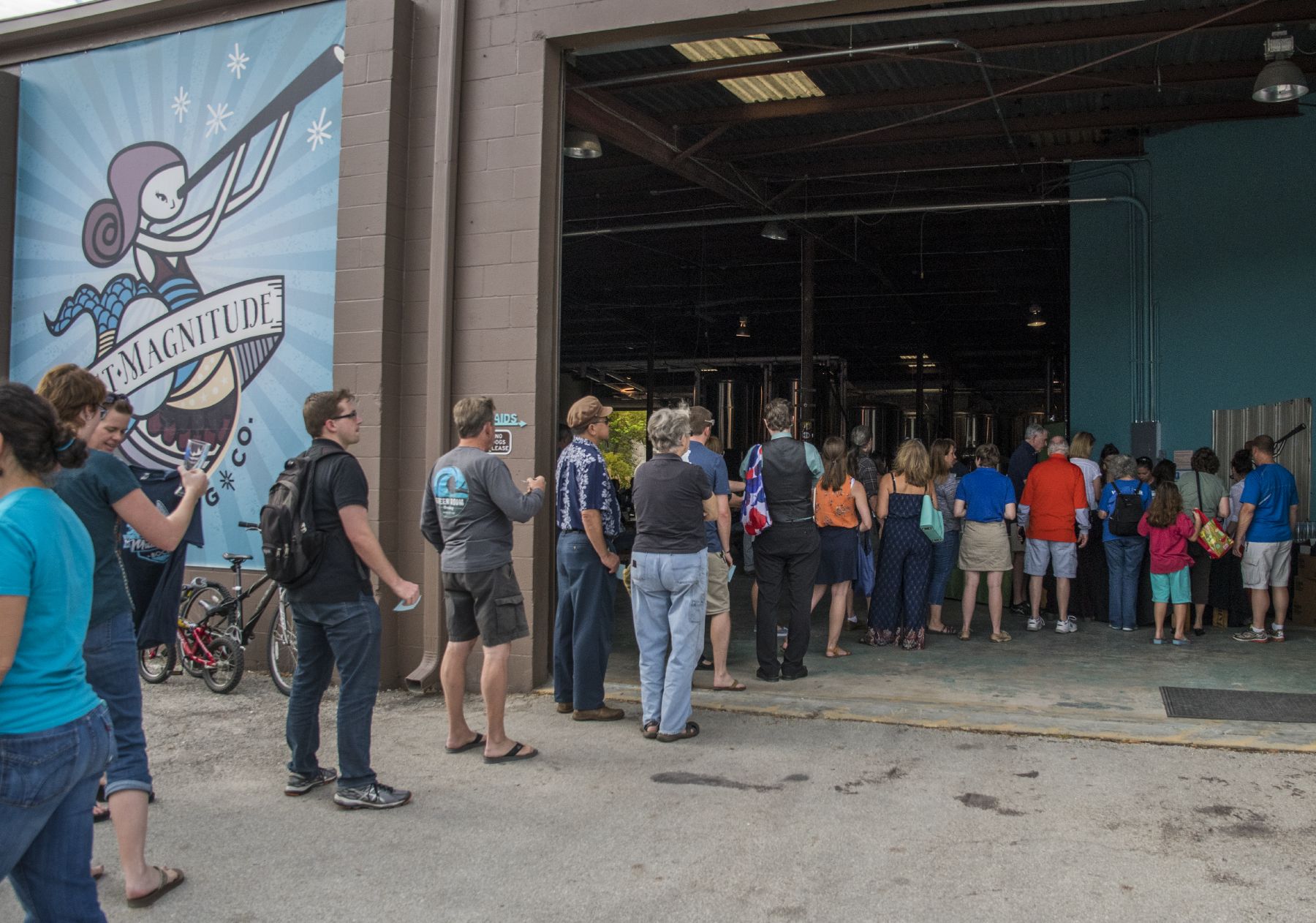
Provided by Jaret Daniels
Daniels moved to Florida for graduate work after graduating from St. John’s University in Minnesota, according to Daniels' bio page at the Florida Museum. Daniels has authored several books including "Your Florida Guide to Butterfly Gardening" and a series of nature and gardening books. He is currently working on his next book, "A Field Guide to Butterflies of the Midwest."
